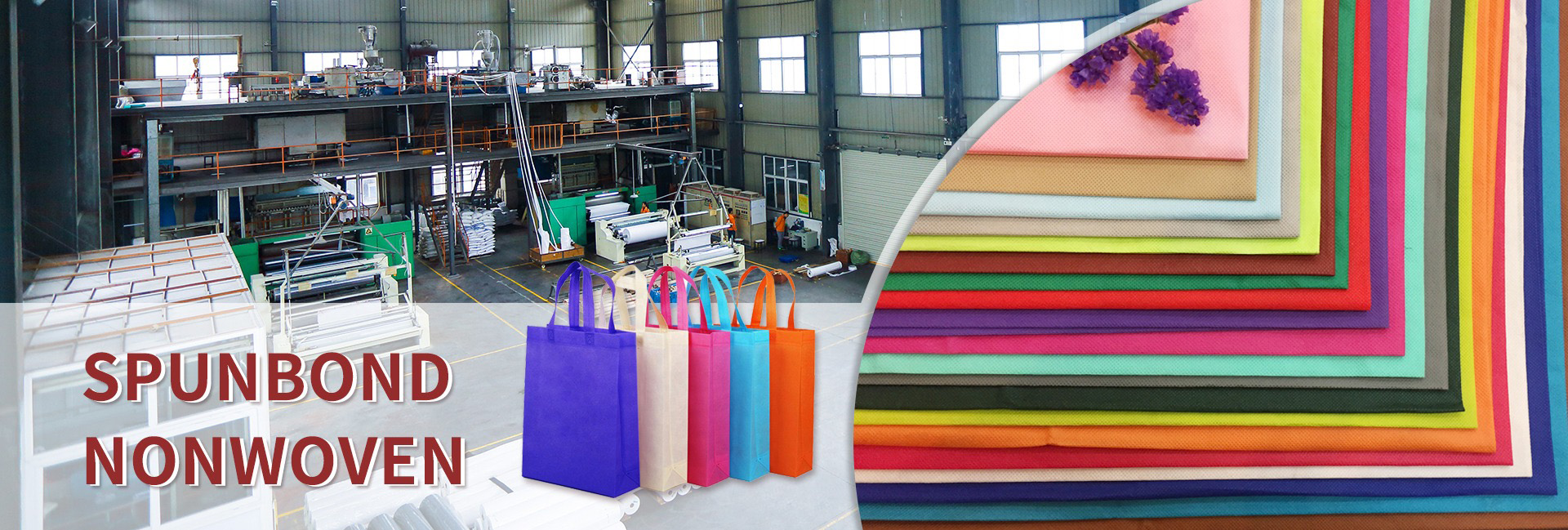Choosing the right non-woven fabric as the fabric for the quilt cover requires consideration of comfort, durability, safety and functionality. Combining industry applications and material properties, the following are the most suitable non-woven fabric types and selection points for quilt covers:
Core material recommendation
Bamboo fiber spunlace non-woven fabric
Features: Natural bamboo fiber has its own “Zhukun” antibacterial component, and the antibacterial rate for Escherichia coli is >80%; the fiber is delicate and soft, and the touch is close to cotton cloth, with excellent water absorption and air permeability, and no linting.
Applicable scenarios: Suitable for close-fitting quilt covers for infants and young children and people with sensitive skin, especially focusing on antibacterial and skin-friendly needs.
Process requirements: The spunlace process enhances the interweaving strength of fibers, avoids splitting, and improves durability.
Polypropylene (PP) spunbond non-woven fabric
Features: Lightweight (10-150gsm optional), waterproof and breathable, high chemical stability (acid and alkali resistant), and can be modified to add antibacterial or flame retardant masterbatch.
Applicable scenarios:
Disposable medical/hotel quilt covers: low cost (about $1.6/kg), in line with hygiene standards.
Household protective covers: such as mattress dust covers (commonly used 40-80gsm medium weight).
Polyester (PET) composite non-woven fabric
Features: high strength, tear resistance, suitable for blending with cotton/bamboo fiber to enhance the feel; easy to heat seal, can be used as the surface of quilted quilt covers.
Application case: Alibaba suppliers provide applique quilted quilt cover fabrics, which are both decorative and functional.
Key points of safety and functional design
Safety certification:
Quilt covers that come into direct contact with the skin must meet Class A infant standards (no formaldehyde, no carcinogenic dyes), such as the fabrics used in the “Turqua Sleeping Quilt”.
International certification: OEKO-TEX Standard 100 (such as Rayson PP non-woven fabric).
Functional optimization direction:
Antibacterial and anti-mite: bamboo fiber is naturally antibacterial or PP adds antibacterial masterbatch, with an antibacterial rate of >90%.
Double-layer structure: refer to the design of “sleeping quilt”, the upper layer is warm (PP/polyester), the lower layer is moisture-wicking (bamboo fiber), and the zipper is used to divide it into seasons.
Easy to care: machine washable and wrinkle-resistant materials (spunlace fabric > spunbond fabric) are preferred to avoid deformation after repeated use.
Pitfall avoidance guide
❌ Avoid pure PP thin gram-weight fabric (<30gsm): low strength and easy to tear, easy to delaminate after washing.
❌ Use untreated PET fabric with caution: poor air permeability, easy to get stuffy (requires composite breathable membrane or open hole design) 4.
✅ Prioritize spunlace/hot air process: softer than needle-punched fabric, reducing skin friction.
Summary and suggestions
Daily household use: Choose bamboo fiber spunlace fabric (antibacterial and skin-friendly, suitable for long-term use) or PET composite fabric (durable and washable), the recommended weight is 60-100gsm.
Disposable/medical scenarios: Use PP spunbond fabric (40-60gsm), low-cost and meet basic protection.
High-end functional quilt cover: refer to the design of “Turqua Sleeping Quilt”, using Class A fabric + double-layer temperature control structure, zipper detachable to adapt to the season.
Be sure to ask for a test report (antibacterial rate, air permeability, formaldehyde content) when purchasing to ensure that the material meets the use requirements.
Dongguan Liansheng Non woven Technology Co., Ltd. was established in May 2020. It is a large-scale non-woven fabric production enterprise integrating research and development, production, and sales. It can produce various colors of PP spunbond non-woven fabrics with a width of less than 3.2 meters from 9 grams to 300 grams.
Post time: Jul-08-2025

